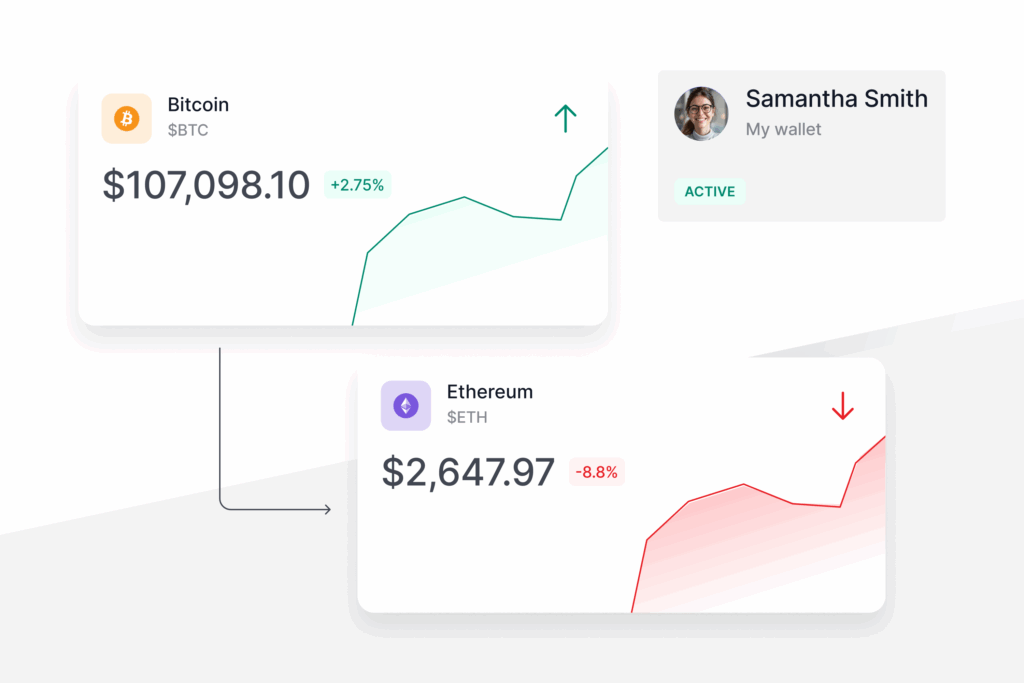
FEATURED ARTICLE
Tax Planning for Realized Gains and Ordinary Income
Tax planning strategies for realized gains and ordinary income

Tax planning strategies for realized gains and ordinary income


Gifting to Donor Advised Funds (DAFs) and entering into conservation easements are two popular strategies for offsetting ordinary income tax. How do you know which one is right for you? This article explains what these strategies are and when they make sense.
A Donor Advised Fund (DAF) is a charitable giving account. When a donor contributes cash, securities, or other assets to a DAF, the donor receives an immediate tax deduction. That deduction can offset capital gains or ordinary income. The donor can then recommend grants to charities from the fund. DAFs are popular because they provide immediate tax benefits while allowing for strategic charitable giving at the donor’s leisure.
While a DAF is a relatively tax-efficient and flexible way of supporting charity, it is not a pure tax play. If your goal is just to save taxes, giving to a DAF will not make sense. Someone in the 40% marginal tax bracket who gives $100 to a DAF will only receive $40 in tax savings. The charity will get the full $100, but the taxpayer will be out, on net, $60 (perhaps a little less if the asset was appreciated and would have generated capital gain on a sale).
Astrid is a married New Yorker earning $1,200,000 per year. Her annual tax bill is $550,000. She isn’t particularly focused on tax mitigation, but she’s passionate about her favorite charity: the Boys & Girls Club. Astrid wants to give six figures to charity each year, ideally in a relatively tax-efficient way. Astrid could sell $250,000 of her appreciated investments, pay $50,000 in taxes and donate the remaining $200,000, or she could directly donate $200,000 of stock to the DAF, have the DAF sell the stock tax free, and then the DAF could donate the money to the Boys & Girls Club! Using the DAF allows Astrid to avoid capital gains taxes. Of course, Astrid would have been better off personally if she had just kept the stock for herself. But given her philanthropic goals, gifting to a DAF may make sense for her.
A conservation easement is a legal agreement between a landowner and a qualified organization, such as a land trust or a government agency, that restricts the development of the land in perpetuity, protecting wildlife habitats or preserving historic sites even if the property is later sold or passed down to future generations. Conservation easements, in short, are a way for landowners to protect property from future development, no matter who ends up in control of the land in the future.
Conservation easements are also a tax tool. When you agree to restrict the use of your land for conservation reasons, the government considers that a type of charitable donation, and you get a charitable deduction based on the lost value of the land. In practice, taxpayers often claim a value that is a multiple of the value at which the land was purchased. This deduction can be used to offset ordinary income up to 30% of the donor’s adjusted gross income (AGI), with any excess carried forward for up to five years.
Because a number of players in the space are unscrupulous, the IRS has become concerned in recent years that the tax code’s conservation easement rules are being exploited. Certain types of conservation easements are now considered “listed transactions” that must be flagged for the IRS. Sen. Ron Wyden, chair of the Senate Finance Committee, has been consistently critical of conservation easements, which he describes as “a tax shelter gold mine.”
Gabriel, a single New Jersey resident, earns $1,200,000 per year. His annual tax bill is $550,000. Gabriel happens to be an avid conservationist with an appetite for risk. Tired of paying so much tax on his salary, Gabriel purchased a $100,000 property fours years ago and this year he put a conservation easement on the land to protect it from future development. The easement is valued at $350,000 and he is allowed to deduct this entire amount from his income, reducing his taxable income by $350,000 this year. If his marginal tax rate is 50%, that will save him close to $175,000, effectively reducing his taxes this year from $550,000 to under $375,000.
Gifting to Donor Advised Funds and entering into conservation easements accomplish different things. DAFs allow donors to support charity while realizing modest tax benefits. Conservation easements may yield somewhat larger tax benefits, but they expose the donor to legal risk as the conservation easement projects that yield large tax savings tend to rely on aggressive interpretations of the tax code. When choosing between these two strategies, the key question is: What are you trying to accomplish? If your goal is primarily to support charity without taking undue legal risks, then a DAF may make sense — though Charitable Remainder Unitrusts may be even more attractive. If your goal is to maximize tax savings, then a conservation easement may be more appealing.
Gifting to Donor Advised Funds (DAFs) and entering into conservation easements are both potentially viable tax strategies, but they serve different objectives. Hopefully this article has given you a better idea of what each strategy entails, and whether one or the other might be a better fit.
We’ve built a platform that makes advanced tax planning – once reserved for ultra-high-net-worth individuals – accessible to everyone. With Valur, you can reduce your taxes by six figures or more, at less than half the cost of traditional providers.
From selecting the right strategy to handling setup, administration, and ongoing optimization, we take care of the hard work so you don’t have to. The results speak for themselves: our customers have generated over $3 billion in additional wealth through our platform.
Want to see what Valur can do for you or your clients? Explore our Learning Center, use our online calculators to estimate your potential savings or schedule a time to chat with us today!